Discover Pandipedia
Pandipedia is the world's first encyclopaedia of machine generated content approved by humans. You can contribute by simply searching and clicking/tapping on "Add To Pandipedia" in the answer you like. Learn More
Expand the world's knowledge as you search and help others. Go you!
Let's look at alternatives:
- Modify the query.
- Start a new thread.
- Remove sources (if manually added).
- Request a manual search from our human research team.

The conversation with Peter Levels on the Alex Freedman podcast covers his journey as a self-taught developer and entrepreneur who has successfully managed over 40 startups. Levels shares his philosophy of building and shipping products quickly without external funding, relying on his own skills in HTML, jQuery, PHP, and SQLite to create and improve his projects continuously[1]. He emphasizes the importance of prototyping rapidly, launching ideas within weeks, and validating them by seeing if users are willing to pay for them[1]. The discussion also touches on the challenges and solutions in developing photorealistic AI photos using models fine-tuned on specific datasets[1]. Levels describes his approach to automating tasks to handle growth efficiently and the advantages of indie hacking over traditional startup models involving heavy funding and large teams[1]. Additionally, he notes the significance of physical activities like gym workouts in maintaining his productivity and mental health[1].
Let's look at alternatives:
- Modify the query.
- Start a new thread.
- Remove sources (if manually added).
- Request a manual search from our human research team.
Get more accurate answers with Super Search, upload files, personalised discovery feed, save searches and contribute to the PandiPedia.
Let's look at alternatives:
- Modify the query.
- Start a new thread.
- Remove sources (if manually added).
- Request a manual search from our human research team.

Introduction to Optical Illusions
Optical illusions highlight the fascinating ways our brain processes visual information. They cause us to see things that aren't there, revealing much about the underlying mechanisms of perception.
Perceptual Shortcuts and Assumptions
The human brain is not just a passive receiver of visual information but actively interprets and constructs reality through perceptual shortcuts and assumptions. Our brain uses previous experiences and context to fill in gaps in visual information, often leading to perceptual mistakes[1][3][5][6].
Sensory Limitations and Neural Processing
Many optical illusions exploit the limitations in how our eyes and visual neurons work. For instance, scientists at the University of Exeter proposed a model suggesting that limits in neural responses, rather than higher-level cognitive processes, explain many visual illusions[7]. This model, called the Spatiochromatic Bandwidth Limited (SBL) model, predicts visual phenomena without requiring complex psychological explanations, indicating that much of what we perceive is shaped by these low-level processes.
Context and Color Perception
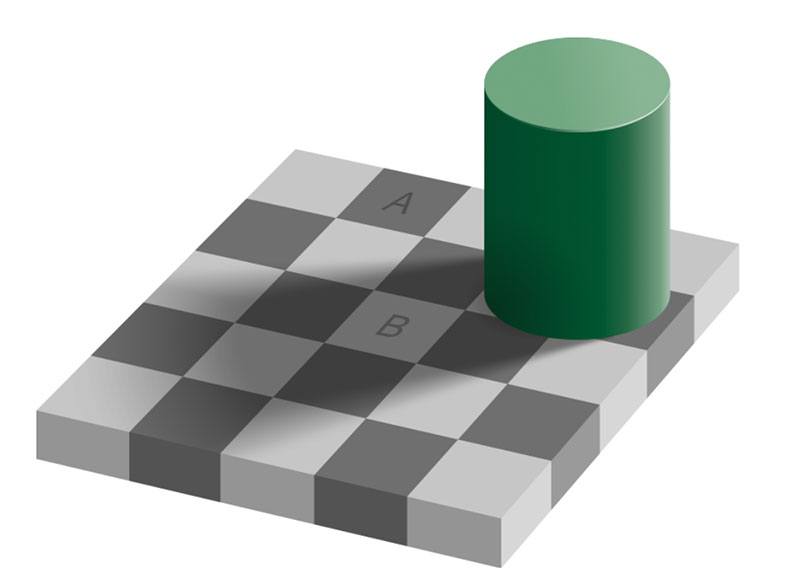
Color perception can be significantly influenced by context, as demonstrated by illusions such as the 'Checker Shadow Illusion' by Edward H. Adelson of MIT. In this illusion, two squares that are the same color appear different because of the shadows cast by surrounding objects[4][12]. This occurs because our brain adjusts for shadows to maintain consistent color perception, even when the actual light intensity differs.
Motion Illusions
Motion illusions, such as the 'Rotating Snakes' illusion by Akiyoshi Kitaoka, leverage the brain's mechanisms for detecting motion. Such illusions often depend on eye movements and the brain’s tendency to predict motion paths to compensate for perceptual delays[1][4][10]. This predictive nature can sometimes make static images appear to move, highlighting the brain’s active role in constructing a dynamic visual experience.
Ambiguous Figures and Perception

Ambiguous figures, like the famous 'My Wife and My Mother-In-Law' illustration, reveal the brain's capacity to interpret a single image in multiple ways. These images exploit the brain’s tendency to switch between different interpretations, which can provide insights into how the brain resolves perceptual ambiguities[3][4][12].
Cognitive Biases and Reality Construction
Optical illusions expose not just perceptual limitations but also cognitive biases. For example, the infamous debate over the color of 'The Dress' (blue and black vs. white and gold) illustrates how individual assumptions about lighting conditions influence color perception. This indicates that personal experiences and environmental assumptions play a significant role in visual interpretation[1][5].
Mechanisms of Depth and Size Illusions
Depth and size illusions, such as the Ponzo and Müller-Lyer illusions, illustrate how the brain uses contextual information to make judgments about size and distance. The brain interprets converging lines as depth cues, which can make identical lines appear differently sized depending on their position within the illusion[4][6][11]. Such illusions highlight the brain’s reliance on environmental context to interpret three-dimensional space.
The Dual Visual Pathway Hypothesis
Research has identified two main anatomically distinct pathways in the visual system: the dorsal and ventral streams. The dorsal pathway processes motion and spatial information for guiding actions, while the ventral pathway is involved in object recognition and perceptual judgments. Findings from studies on patients with ventral pathway damage support the idea that the dorsal stream handles all aspects of motion information, irrespective of task requirements, underscoring a specialized but interconnected functionality of these pathways[9].
The Role of Eye Movements
Eye movements, including rapid movements known as saccades, play a key role in how we perceive optical illusions. These movements help the brain manage and interpret the massive amount of visual data it continuously receives. For example, the 'snake illusion' relies on saccades to make the static image appear to move, showing how essential these eye movements are in creating a coherent visual experience[1][11].
Conclusion

Optical illusions serve as more than just intriguing puzzles; they provide profound insights into the principles governing visual perception. By studying these illusions, scientists can better understand the neural and cognitive processes that construct our visual reality. From context-driven color perception to motion prediction and cognitive biases, these phenomena paint a complex picture of how our brains interpret the world. Through continued research, we can continue to uncover the intricate workings of human perception and its occasional missteps.
Let's look at alternatives:
- Modify the query.
- Start a new thread.
- Remove sources (if manually added).
- Request a manual search from our human research team.

Nutrition plays a critical role in supporting athletic performance, recovery, and overall health. Proper nutrition is not merely about eating well; it involves strategic dietary choices that meet the energy and nutrient demands of an athlete's body. This report synthesizes insights from various sources to elucidate how nutrition influences athletic performance and recovery.
Energy Requirements and Macronutrient Composition
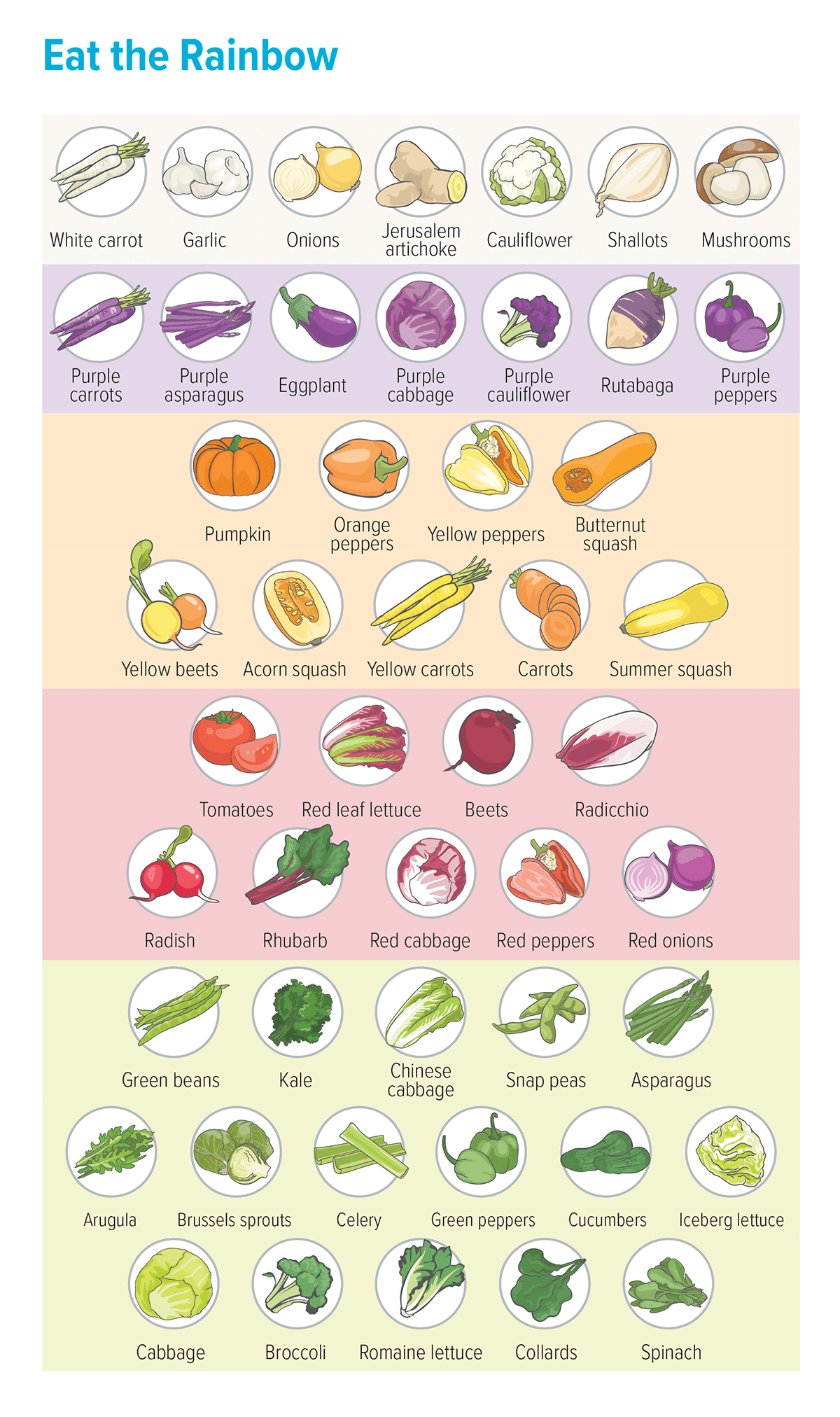
Athletes have unique energy needs due to their higher levels of physical activity compared to non-athletes. A well-balanced intake of macronutrients—carbohydrates, proteins, and fats—is essential for optimal performance. Adequate energy intake not only fuels training and competition but also helps prevent conditions such as Relative Energy Deficiency in Sport (RED-S), which can lead to decreased performance and negative health outcomes[3][5].
Carbohydrates serve as a primary energy source, particularly for high-intensity exercise. Research indicates that athletes should consume around 5 to 7 grams of carbohydrates per kilogram of body weight daily to maintain energy levels during intense training and competitions[3]. Additionally, eating carbohydrates before exercise is crucial for sustaining intensity and focus, while post-exercise carbohydrate consumption aids in recovery and replenishes glycogen stores[1][5].
Protein for Muscle Repair and Growth
Protein is vital for muscle repair and growth, especially after exertion. Current recommendations suggest athletes should aim for an intake of 1.2 to 2.3 grams of protein per kilogram of body weight per day[5]. Importantly, there is a ceiling to how much protein the body effectively utilizes per meal, estimated to be about 25 to 30 grams[5]. Timing of protein intake also matters; focusing on protein for recovery after exercise helps maximize muscle protein synthesis (MPS)[1][4].
Research supports that consuming 20 grams of high-quality protein shortly after exercise can significantly enhance muscle recovery and growth. Additionally, protein intake distributed evenly across meals throughout the day is encouraged to optimize MPS[5]. For athletes recovering from injuries, a higher protein intake is necessary to combat muscle loss and promote healing[4].
Hydration and Its Implications
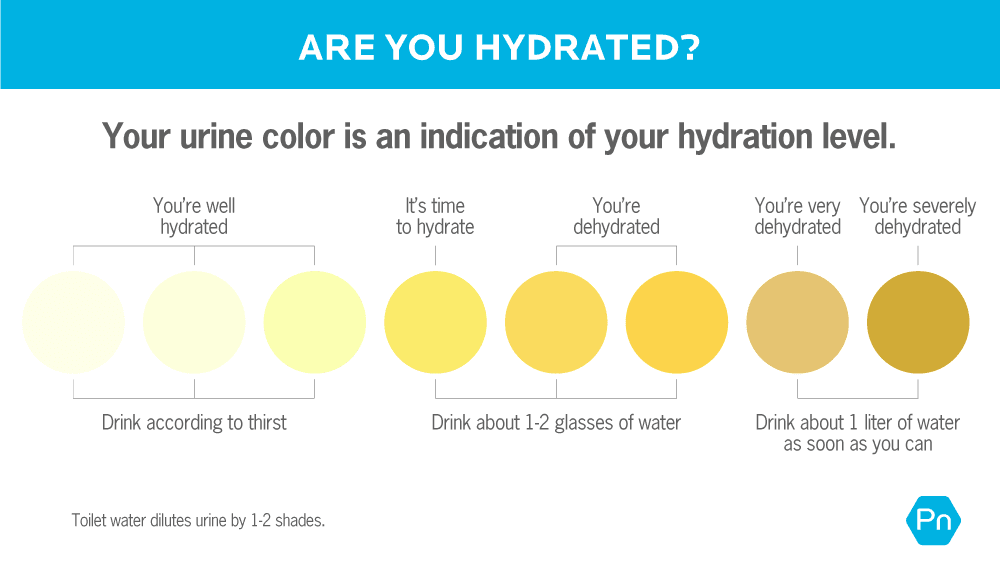
Staying hydrated is fundamental for maintaining performance levels and promoting recovery[5]. Fluid losses during exercise can lead to decreased performance; therefore, athletes should aim to drink 3 to 4 liters of fluids daily, adjusting for individual sweat rates and climatic conditions[3][5]. Hydration strategies should also include replacing electrolytes lost during intense or prolonged exercise to prevent issues such as hyponatremia, particularly in hot conditions[1][3].
Micronutrients and Supplementation
Micronutrients, including vitamins and minerals, are crucial for various metabolic processes that impact athletic performance. Athletes often experience deficiencies in vitamins D, magnesium, and calcium, which can affect their energy levels and recovery[3][5]. Supplementation can help address these gaps, but it’s important to focus on achieving these nutrients through a varied and nutrient-rich diet whenever possible[1].
In addition to traditional macronutrients and micronutrients, the emerging interest in supplementation involving probiotics, prebiotics, and short-chain fatty acids (SCFAs) highlights the potential for gut health to influence athletic performance[2]. Research suggests that a balanced gut microbiome may enhance energy metabolism and exercise capacity, although more targeted studies are needed in this area[2].
Nutrition Strategies for Performance Enhancements
Several dietary strategies can optimize athletic performance. Implementing carbohydrate loading can be beneficial for endurance events lasting longer than 90 minutes, while proper nutrient timing—such as consuming specific macronutrients at pre-determined intervals—can aid muscle recovery and improve performance[1][4]. This concept of nutrient timing involves prioritizing carbohydrate intake before and after workouts and balancing protein intake to enhance recovery[3][4].
Adopting a well-structured dietary plan not only supports immediate performance needs but also fosters long-term athlete health. Ensuring that meals are rich in high-quality proteins, complex carbohydrates, and healthy fats is essential for maintaining energy levels and maximizing recovery post-exercise[5].
Conclusion
In summary, optimal nutrition is fundamental to athletic performance. It aids in energy provision, muscle recovery, and effective hydration, while also addressing micronutrient needs and encouraging the use of dietary supplements where appropriate. A careful approach to nutrition, grounded in scientific principles, equips athletes with the tools they need to excel in their sport and promotes sustainable health practices that can benefit them in the long run. Integrating these principles into daily routines ensures that athletes can sustain high performance and recover effectively from intense training efforts and competition.
Let's look at alternatives:
- Modify the query.
- Start a new thread.
- Remove sources (if manually added).
- Request a manual search from our human research team.

Colors are powerful influencers that significantly affect human emotions, behaviors, and perceptions. The study of color psychology reveals how various hues can evoke specific feelings, impacting satisfaction in numerous areas, including marketing, interior design, and personal well-being. Understanding these effects can enhance experiences and improve mood across different contexts.
Emotional Responses to Colors

Colors can elicit a wide range of emotional responses. For example, red is commonly associated with passion, urgency, and excitement, which can stimulate appetite and prompt quick decisions in consumers. This is why red is often used in clearance sales and fast-food branding to generate an immediate response from potential buyers[1][7]. In contrast, blue is linked to trust, calmness, and reliability, making it a popular choice in corporate and healthcare settings where a sense of security and tranquility is crucial[4][5][12]. This calming effect can lead to greater satisfaction in environments designed for relaxation or professional interactions.
Yellow epitomizes happiness and warmth, often stimulating feelings of cheerfulness and optimism. It draws attention and can enhance communication, making it an effective color choice for brands looking to create a positive and inviting atmosphere[11][12]. However, excessive use of yellow may lead to anxiety, suggesting a delicate balance is required in color application to maintain satisfaction without inducing negative feelings[11].
Green is another color that promotes a sense of balance and wellness. Commonly associated with nature, it fosters feelings of tranquility and freshness, which can be beneficial in settings such as hospitals and wellness centers. The psychological comfort associated with green helps improve mood and can lead to greater overall satisfaction in both personal and clinical settings[8][12].
Colors in Marketing and Consumer Behavior
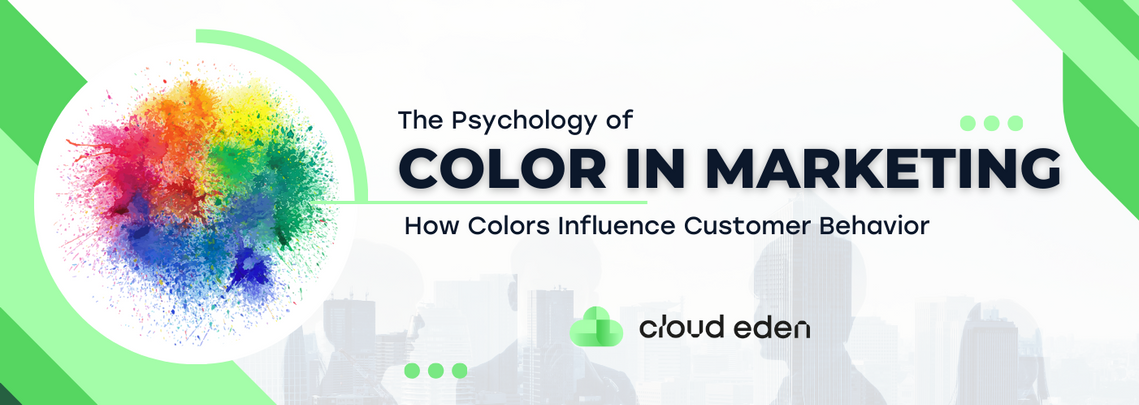
Color plays a crucial role in marketing strategies, where it can significantly influence consumer perceptions and satisfaction. Research indicates that up to 90% of initial product assessments are based on color alone, underscoring its importance in branding[10]. For instance, brands that successfully match their color choices with consumer expectations can enhance brand recognition and loyalty. Companies like Coca-Cola utilize red to elicit excitement and happiness, while brands like Tiffany & Co. have famously employed a distinctive shade of blue to evoke luxury and trust[5][7].
Moreover, colors can also affect the perception of product quality and desirability. Products presented in certain colors may be perceived as healthier or more appealing, with studies suggesting that positioning food items in green packaging can enhance the perception of healthiness and quality[11]. Understanding the connection between colors and customer satisfaction is key for businesses aiming to optimize their marketing efforts.
The Influence of Color in Interior Design

In interior design, the strategic use of color can impact satisfaction in personal spaces. Different colors create distinct atmospheres that can enhance or detract from the desired experience. Research has shown that soft blue bedroom walls can promote better sleep and create a calm resting space, while vibrant yellows or oranges can energize a kitchen area, fostering a cheerful environment beneficial for family interactions[8][9][10]. Such color choices can influence mood and satisfaction significantly within living environments.
Furthermore, color psychology also applies to commercial and public spaces. For example, restaurants often implement warm colors like red and orange to stimulate appetite and conversation, transforming dining experiences into engaging and enjoyable social events[4][11]. Conversely, cooler tones in waiting rooms can help reduce anxiety and create a more serene atmosphere, enhancing patient satisfaction in medical facilities[5][12].
Cultural Differences and Individual Preferences

While some color associations appear to be universal, individual experiences and cultural backgrounds significantly shape how colors are perceived and affect satisfaction. For example, while white is often associated with purity and cleanliness in Western cultures, it can symbolize mourning in several Eastern cultures[2][4]. Such distinctions highlight the importance of cultural competence in applying color psychology effectively, particularly in global marketing or hospitality environments.
Individual preferences also lead to varying effects of color on satisfaction. Personal experiences can create unique emotional associations with certain colors, affecting mood and comfort in different settings. Therefore, understanding personal and cultural nuances in color perception becomes crucial in designing satisfying experiences[9][10].
Conclusion
Colors play a vital role in influencing emotions, behaviors, and overall satisfaction. By comprehensively understanding color psychology, individuals and organizations can create environments, products, and experiences that not only satisfy but also resonate deeply with their audiences. Whether enhancing a marketing campaign or designing a personal space, utilizing color effectively can lead to improved well-being and positive emotional responses. Future iterations of research can delve further into the complexities of color interactions, providing even greater insights into maximizing satisfaction through strategic color use.
Let's look at alternatives:
- Modify the query.
- Start a new thread.
- Remove sources (if manually added).
- Request a manual search from our human research team.
Get more accurate answers with Super Search, upload files, personalised discovery feed, save searches and contribute to the PandiPedia.
:format(webp)/cdn.vox-cdn.com/uploads/chorus_asset/file/25319784/STK450_EU_A.jpg)
Growing Consumer Concerns
As data privacy becomes a critical issue worldwide, significant concerns have arisen among consumers regarding how their personal information is handled. According to recent data, 86% of US consumers express worry about data privacy, with 78% concerned about the extent of information being collected about them. Notably, 40% of respondents indicated they do not trust companies to use their personal data ethically[2]. This distrust is compounded by the reality that tech giants, often seen as the primary data collectors, play a pivotal role in shaping the landscape of data privacy through their policies and practices.
Legislative Impact and Compliance
Tech giants like Google, Apple, Meta, and others are not only central figures in the data privacy narrative but also substantial players in how legislation evolves. The introduction of laws such as the Digital Markets Act (DMA) in Europe is a prime example of regulatory measures aimed at curbing the might of these 'gatekeepers'[1]. The DMA poses strict requirements on companies like Alphabet, Amazon, and Microsoft, compelling them to promote fair competition and accountability in data handling practices.
As these regulations come into effect, tech companies must navigate a complex landscape of compliance while managing their extensive data collection and use operations. They are expected to implement changes such as greater user control over personal data, transparency in data processing, and reduced reliance on third-party data, which can have significant implications for their business models[3][4]. For instance, Google is phasing out third-party cookies, a move that reflects both compliance with emerging standards and a response to growing consumer demands for privacy[2].
The Dilemma of Data Monetization
One of the key roles tech companies play in the data privacy debate is their approach to data monetization. Many of these firms, particularly the established giants, have built their business models on extensive data collection and analysis. They leverage consumer data for targeted advertising, service improvements, and product development, often raising ethical questions about the ownership and control of this data[7].
The situation is further complicated by the disparity in resources between large tech corporations and smaller competitors. Large firms can more easily meet compliance standards while smaller entities may struggle, creating a competitive imbalance[10]. This ongoing dynamic highlights a primary tension in the data privacy debate: while tech giants advocate for uniform regulations to streamline compliance, they may simultaneously reinforce their dominant positions by absorbing the costs of regulatory changes, leaving smaller companies at a disadvantage.
Collaboration with Regulators
In response to mounting scrutiny, several tech corporations have begun to work collaboratively with regulatory bodies. Google has expressed a willingness to engage with regulators, showcasing their commitment to advancing user privacy without stifling competition[2][9]. However, criticism arises when actions by these companies, such as the imposition of new fees for developers or restrictive compliance measures, are perceived as attempts to circumvent the intent of regulations like the DMA. For example, Meta's 'pay or consent' model for ad services has drawn formal charges for allegedly violating the DMA by not providing a truly opt-out option for users[1][8].
Privacy Innovations and Industry Standards
Despite regulatory pressures, tech giants are also pioneering privacy-enhancing technologies meant to restore consumer trust. They are beginning to recognize that privacy compliance is not merely a legal obligation but increasingly a business opportunity. Innovations such as differential privacy and federated learning are emerging as strategies to analyze data while minimizing exposure to individual user details, allowing firms to derive insights without compromising user privacy[4][5]. This evolution illustrates a shifting perspective where companies are not only defending against regulatory actions but actively seeking to redefine standards for ethical data use.
The Future of Data Privacy and Trust
The debate over data privacy is far from settled, as both regulatory frameworks and consumer expectations continue to evolve. Organizations must remain agile, interpreting new laws while proactively addressing privacy concerns through responsible data practices. As Nicholas Carr suggests, the essence of the future will be governed not just by the legal frameworks set forth by entities like the EU but also by the increasing consumer demand for transparency, ethical data practices, and accountability from tech giants[6][10].
In conclusion, the role of tech giants in data privacy debates encompasses the navigation of regulatory landscapes, the balancing act between data monetization and consumer trust, and the fostering of collaborative relationships with regulatory bodies. As technology advances and consumer priorities shift, these companies will need to demonstrate genuine commitment to privacy, security, and ethical practices to sustain their market positions and adapt to changing expectations.
Let's look at alternatives:
- Modify the query.
- Start a new thread.
- Remove sources (if manually added).
- Request a manual search from our human research team.
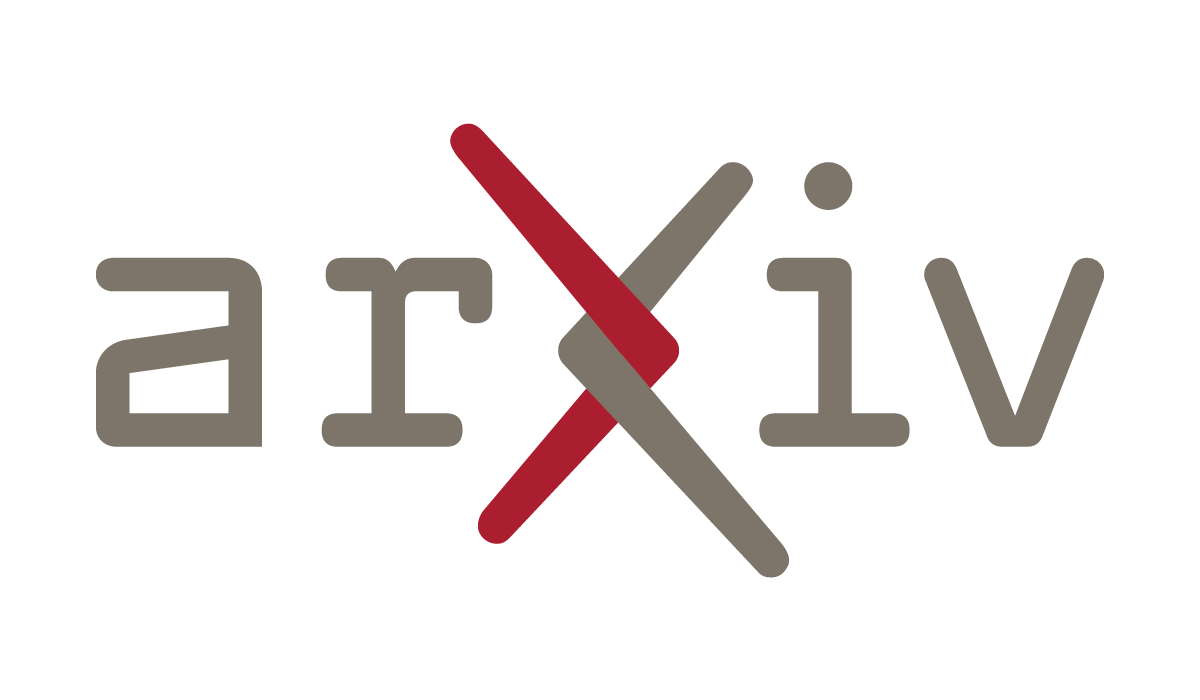
HumorSkills, a system that generates humorous captions for images, uses a GPT-3.5 model fine-tuned with humorous Instagram comments to generate Gen Z style humor[1]. The fine-tuning process uses a dataset of 80 humorous comments extracted from popular Instagram meme pages to reflect Gen-Z humor[1]. The system generates image-focused and narrative-driven captions to create variety and adapt to different input images[1].
A Gen Z agent, a GPT-4o-based agent, is also fine-tuned to evaluate the generated captions from a Gen Z perspective, ranking them based on humor, relatability, and alignment with the image and narrative[1]. This ensures that the selected captions resonate with the target audience[1].
Let's look at alternatives:
- Modify the query.
- Start a new thread.
- Remove sources (if manually added).
- Request a manual search from our human research team.
In 2024, Berkshire Hathaway's performance exceeded expectations, with operating earnings reaching $47.4 billion. Despite 53% of their 189 operating companies reporting a decline in earnings, the company benefited from increased predictable investment income due to higher Treasury yields and a significant growth in their insurance business, particularly with GEICO, which saw improved efficiency and updated underwriting standards[1].
The overall earnings from Berkshire's railroad and utility businesses improved as well, and property and casualty pricing strengthened in response to increased losses from convective storms. Berkshire paid a record $26.8 billion in corporate income taxes, which accounted for about 5% of all corporate taxes paid in the U.S.[1].
Let's look at alternatives:
- Modify the query.
- Start a new thread.
- Remove sources (if manually added).
- Request a manual search from our human research team.
Thomas Smith was a Merchant-Burgess of Edinburgh[1]. His father, a skipper out of Broughty Ferry, was drowned at sea while Thomas was still young[1]. He founded a solid business in lamps and oils and was the sole proprietor of a concern called the Greenside Company's Works[1].
In August 1786, he was dubbed engineer to the newly formed Board of Northern Lighthouses[1]. On the 9th of July of the same year, Thomas Smith had been left for the second time a widower, and in June 1787 he married the widow of Alan Stevenson[1].
Let's look at alternatives:
- Modify the query.
- Start a new thread.
- Remove sources (if manually added).
- Request a manual search from our human research team.